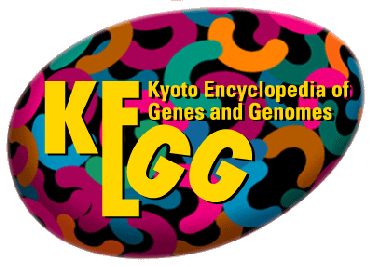Qian S, Demetris AJ, Murase N, Rao AS, Fung JJ, Starzl TE
Nonarterialized orthotopic liver transplantation with no immunosuppression was performed in 13 mouse-strain combinations. Two strain combinations with major histocompatibility complex class I and class II and minor histocompatibility complex disparity had 20% and 33% survival of more than 100 days, but the other 11 combinations, including four that were fully allogeneic and all with only class I, class II or minor disparities, yielded 45% to 100% survival of more than 100 days. Long-living recipients permanently accepted donor-strain heterotopic hearts transplanted on the same day or donor-strain skin 3 mo after liver transplantation, in spite of detectable antidonor in vitro activity with mixed lymphocyte reaction and cell-mediated lymphocytotoxicity testing (split tolerance). In further donor-specific experiments, liver grafts were not rejected by presensitized major histocompatibility complex class I-disparate recipients and they protected donor-strain skin grafts from second set (or any) rejection. Less frequently, liver transplantation rescued rejecting skin grafts placed 1 wk earlier in major histocompatibility complex class I, class II and minor histocompatibility complex, class II or minor histocompatibility complex-disparate strain combinations. Donor-derived leukocyte migration to the central lymphoid organs occurred within 1 to 2 hr after liver transplantation in all animals examined, persisted in the surviving animals until they were killed (> 375 days), and was demonstrated with double-immunolabeling to be multilineage. The relation of these findings to so-called hepatic tolerogenicity and to tolerance in general is discussed.
01/04/1994
8138266
Hepatology (Baltimore, Md.) (
IF: 14.679 /
Quartile: 1)
WOS Cites: 379
SemanticScholar Cites: 468
SemanticScholar Citation Velocity: 5
SemanticScholar Influential Citation Count: 2






